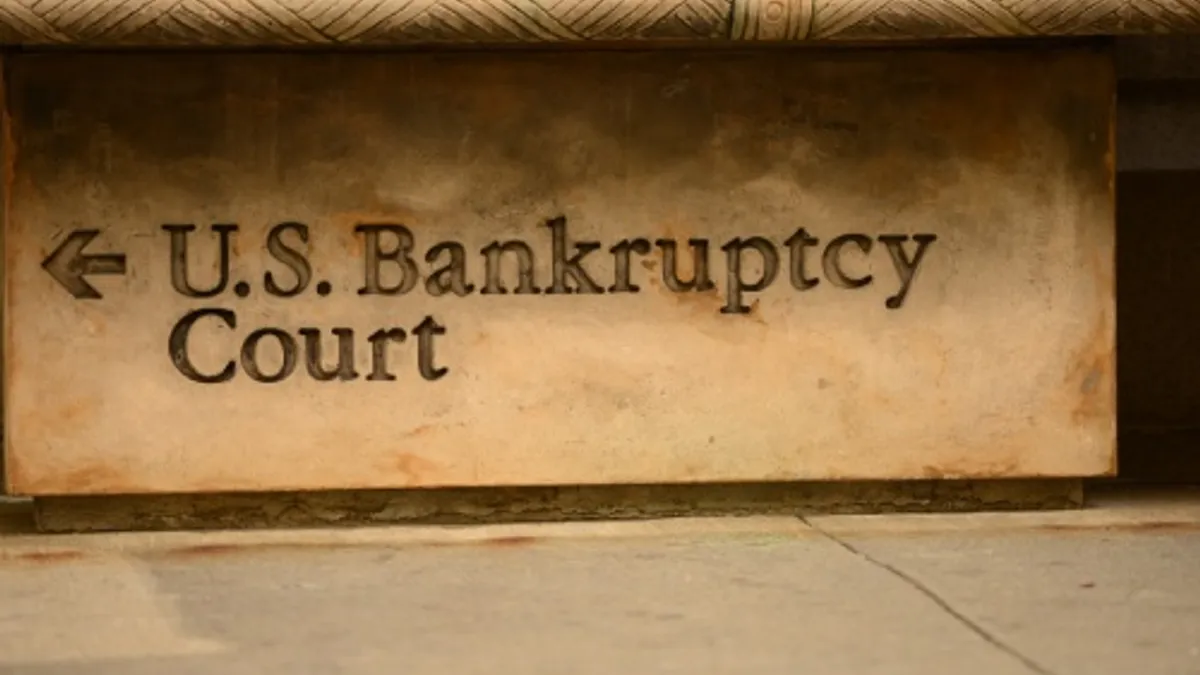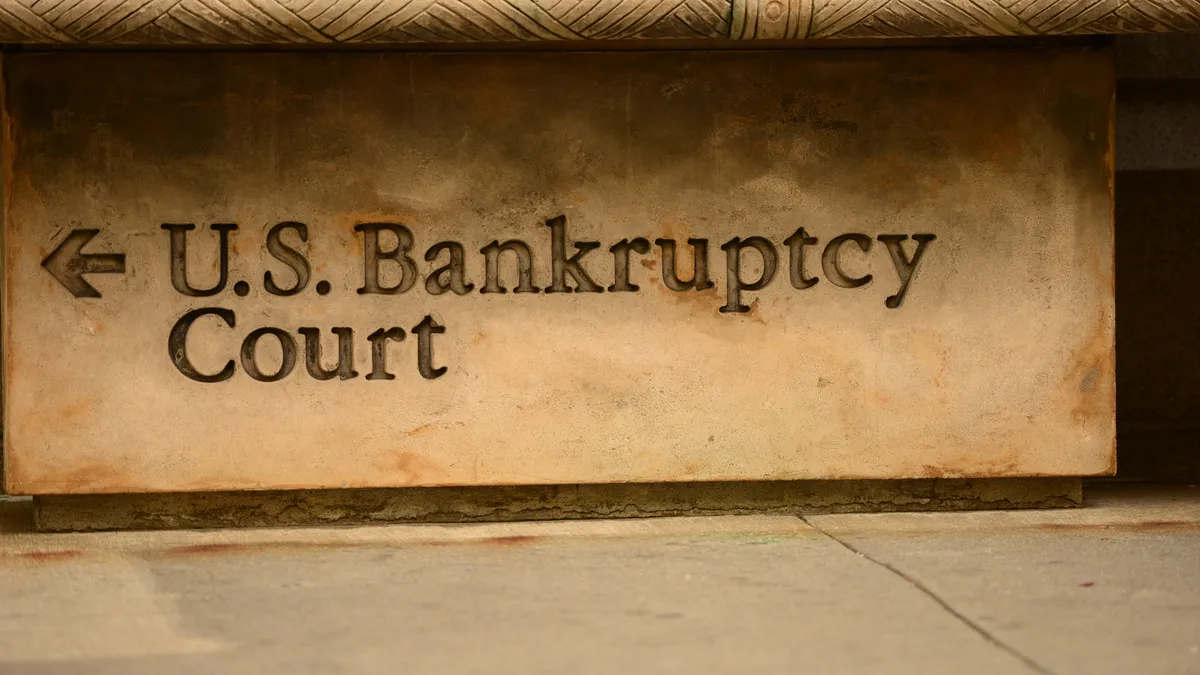The business model for online and professional education is shifting. The last few years have seen the higher ed landscape at large confronted by the rise of alternative credentialing via MOOCs and other non-traditional postsecondary providers, policy measures tied to outcomes, and shifts in student demographics, among other factors.
This year's release of the Future of Online and Professional Education Survey from EAB (formerly Education Advisory Board) highlights higher ed executives' changing priorities. Administered annually to leaders of professional, continuing, and online education programs, the survey's topics reflect research conversations that take place over the course of the entire year as it attempts to gauge these administrators’ top priorities and provide a better understanding of what they’re doing.
Of utmost importance this year for the 85 respondents from 28 private institutions and 52 public institutions: Improving efforts to track graduates' career outcomes.
"In fact, we heard interest in that topic so much during our research conversations across 2014 that it received prominent placement in the survey this year," said Carla Hickman, the lead researcher on the project. "That topic was not at the top of their mind back in 2013-2014, the last time that we administered the survey, at all."
The boost in visibility comes at a time that colleges and universities are working to clearly demonstrate their value to a range of stakeholders that stretches from students to the U.S. Department of Education. Among potential factors influencing the interest are a proposed federal ratings system from the Obama administration and "gainful employment" rules, though the latter have primarily affected for-profit colleges.
"Higher education coordinating boards and legislatures across the country are increasingly wanting to know what the value proposition is for the programs that they’re funding," said Michael Smith, vice provost for strategic academic initiatives at the University of Texas-El Paso. "Many of them want to know are students getting jobs when they graduate. Because funding — for public higher education, anyway — has been declining for seven years now, this is of keen interest to universities around the country to be able to demonstrate to those who hold the pursestrings that they’re providing value to their students who are able to graduate and get a job.”
Of course, proving that worth isn't a walk in the park. "The challenge with looking at career outcomes, especially post-college salary, as was proposed at one point," said Raechelle Clemmons, vice president and CIO at St. Norbert College, "is that it unfairly disadvantages against programs where students just aren't going to make as much for societal reasons — teacher education, social work, nonprofit administration, etc."
Students' salaries in those fields, she noted, aren't so much a reflection of a program's quality as they are of the state of that field nationally.
Adding to those complications, Smith said that simply tracking a student becomes difficult sometime after they graduate. "Policymakers demand these answers, and universities oftentimes are ill-equipped to provide them," he said. "Not because they’re not trying, but because we live in an age where people move around frequently, they change their cell phone numbers, they change their email addresses, and it’s difficult to keep up with your graduates. It’s just hard.”
Last year's top priority, alternative credentials, didn't make the top five concerns in 2015. In fact, it seems to have lost its luster, with 46% of respondents saying their institutions have no plans to launch competency-based or self-paced certificates and 64% saying the same for digital badges.
“I think that those initiatives are pretty immature right now, and I think that’s probably what you’re seeing reflected in the survey numbers. It’s not that people aren’t aware of them," said Smith, noting scarce resources and funds have discouraged some institutions from jumping on the bandwagon. "There’s efforts by some third-party providers and even some universities to move in that direction, but it’s just pretty immature."
Of course, these efforts come back to employment outcomes, as well. "On the micro-credential side, there's also still the challenge of employers not really looking at these or recognizing them," said Clemmons. "For them to get true traction, employers will have to recognize them with a similar weight to degrees. I don't know about you, but most of the job listings I see still list a bachelor's or master's degree as a minimum requirement, not a certificate or badge."
Thus far, third-party organizations like Galvanize and Udacity, MOOC providers like Coursera and edX, and an array of coding bootcamps have seen success with having alternative credentials accepted by big tech names like Google, but that industry is also arguably more inclined to embrace a disruptive model. Still, some colleges and universities are offering these credentials already, with Penn State's supply chain certificate bootcamp among the latest.
And they're increasingly popular with Millennials.
"I know that we have said that they are a large and growing percentage of the U.S. workforce, and we’ve very much seen a change in their preference for graduate education," said Hickman. "They’re very keen on short-format credentials of all stripes, and I think that’s because they’re looking for something that will very quickly give them the skills and competencies that they need to be able to land the promotion or to navigate what is a really challenging job market.”
Hybrid online programs, where a substantial amount of learning traditionally done in the classroom occurs online, have also been gaining traction, but don't expect to see widespread blended learning anytime soon, either. A reported 56% of respondents said that 20% or less of their online and professional ed portfolio is currently offered under that model, and only 20% said that more than 60% of their portfolios would be hybrid in five years.
“I think what our university and college members have known for some time now is that hybrid education provides the best of both worlds ... the opportunity for the intensive face-to-face instruction combined with the best that online synchronous or asynchronous delivery has to offer," said Hickman. "Their question has often been how does that affect enrollment, so if you offer a program in a hybrid format, that might restrict you to only students who live in your local area."
Ultimately, these concerns all require institutions to play the long game, as their lifespans will all likely stretch beyond 2015 as administrators search for the most effective and efficient solutions. As with the discussion that rose around accessibility and MOOCs when that instructional delivery model debuted, it's unlikely that any approach or solution will be a one-size-fits-all "magic pill" for all colleges and universities.
Would you like to see more education news like this in your inbox on a daily basis? Subscribe to our Education Dive email newsletter! You may also want to read Education Dive's look at American institutions' lagging responsiveness to international students.





















